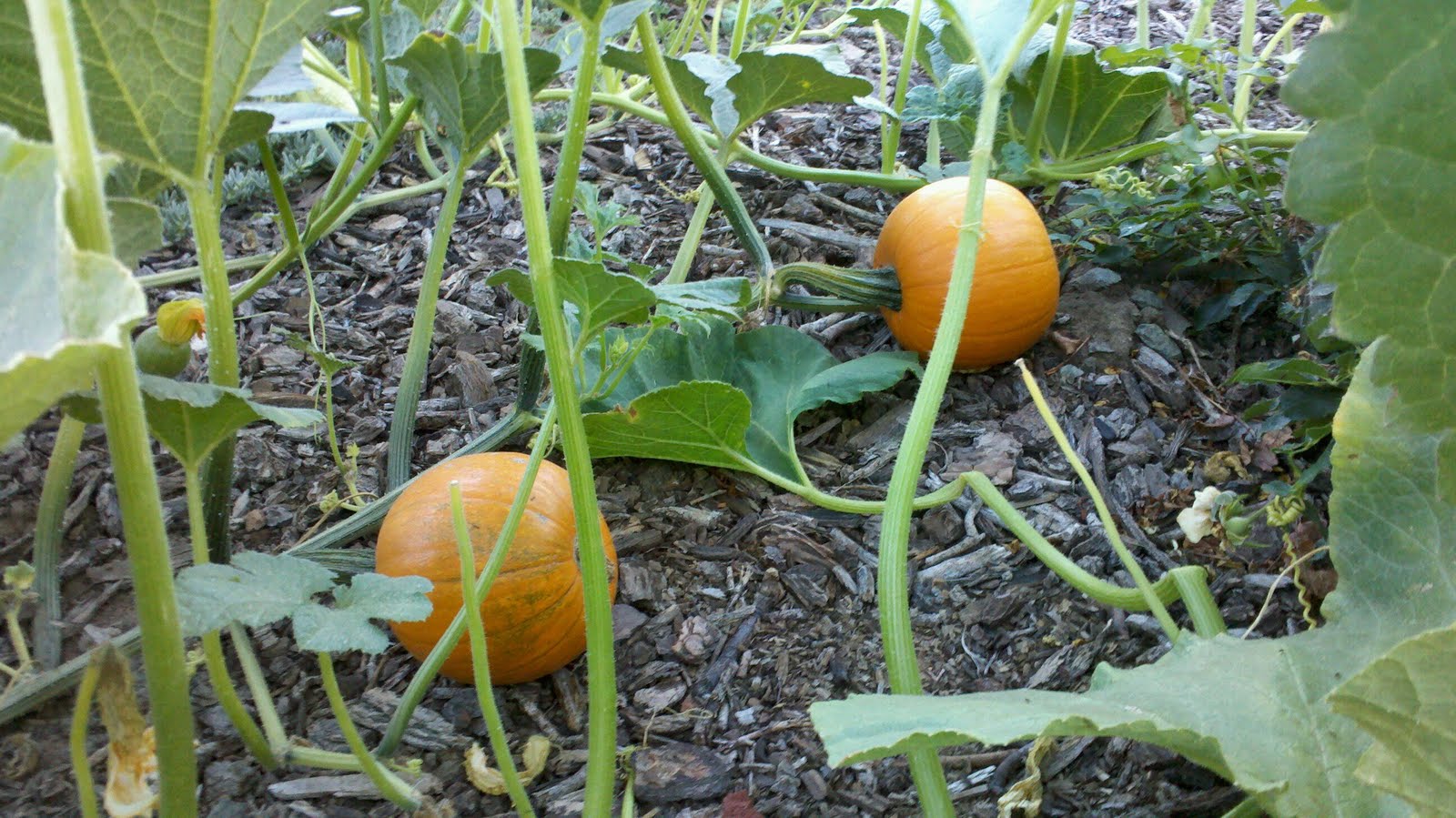Are you intrigued by the vibrant world of gardening and the unique varieties of plants it offers? Among these, the sugar pumpkin plant stands out as a favorite for many home gardeners and culinary enthusiasts alike. Known for its sweet flavor and versatile uses, the sugar pumpkin is not only a joy to grow but also a delight to cook with. This article will delve into everything you need to know about the sugar pumpkin plant, from its growing requirements to its culinary applications and much more.
The sugar pumpkin plant, also known as Cucurbita pepo, is a variety of pumpkin that is particularly prized for its sweet flesh and smaller size compared to traditional Halloween pumpkins. These pumpkins typically weigh between 4 to 8 pounds and have a rich orange color that is synonymous with fall. They are often used in pies, soups, and other dishes that celebrate the flavors of the season. Understanding how to cultivate the sugar pumpkin plant can lead to a bountiful harvest that can be enjoyed for months.
In this article, we'll explore the ins and outs of the sugar pumpkin plant, including how to plant and care for it, its nutritional benefits, and tips for harvesting and storing your pumpkins. Whether you're a seasoned gardener or a novice looking to try your hand at growing this delightful plant, our comprehensive guide will provide you with the insights you need to succeed.
What Are the Growing Requirements for the Sugar Pumpkin Plant?
The sugar pumpkin plant thrives in warm climates and requires specific conditions for optimal growth. Here’s what you need to know:
- Soil: The sugar pumpkin plant prefers well-draining, loamy soil rich in organic matter.
- Sunlight: It requires full sun, which means at least 6 to 8 hours of direct sunlight each day.
- Water: Regular watering is essential, especially during dry spells. However, avoid waterlogging, as this can lead to root rot.
- Temperature: Ideal temperatures for growing sugar pumpkins range from 70°F to 90°F.
How Do You Plant Sugar Pumpkin Seeds?
Planting sugar pumpkin seeds is a straightforward process. Here’s a step-by-step guide:
- Choose a sunny location in your garden with access to well-draining soil.
- Prepare the soil by tilling it to a depth of about 12 inches and mixing in compost or well-rotted manure.
- Plant the seeds 1 inch deep and about 4 feet apart, as sugar pumpkin plants need room to spread.
- Water the seeds gently but thoroughly after planting.
When is the Best Time to Harvest Sugar Pumpkins?
Harvesting sugar pumpkins at the right time is crucial for ensuring their sweetness and flavor. Here are some tips:
- Typically, sugar pumpkins are ready for harvest when they have turned a deep, solid orange color.
- Check for firmness by pressing your fingernail into the skin; if it doesn't puncture easily, it's ready.
- Harvest before the first frost to prevent damage to the fruit.
What Are the Nutritional Benefits of the Sugar Pumpkin Plant?
The sugar pumpkin plant is not just a source of delicious food; it also offers various health benefits. Here are some of the nutritional highlights:
- Rich in Vitamins: Sugar pumpkins are an excellent source of vitamin A, which is important for eye health.
- Low in Calories: They are low in calories, making them a great addition to weight-loss diets.
- High in Fiber: The fiber content aids in digestion and helps maintain a healthy gut.
How Can You Use Sugar Pumpkins in Cooking?
Sugar pumpkins are incredibly versatile in the kitchen. Here are some popular ways to cook with them:
- Pumpkin Pie: A classic fall favorite that highlights the natural sweetness of sugar pumpkins.
- Pumpkin Soup: A hearty and comforting dish that can be seasoned to your liking.
- Pumpkin Bread: Moist and delicious, perfect for breakfast or a snack.
Can Sugar Pumpkins Be Stored for Later Use?
Yes, sugar pumpkins can be stored for several months if handled properly. Here are some storage tips:
- Store them in a cool, dry place away from direct sunlight.
- Avoid stacking pumpkins on top of each other to prevent bruising.
- Check regularly for signs of spoilage and remove any damaged pumpkins.
Are There Any Common Pests or Diseases Affecting the Sugar Pumpkin Plant?
The sugar pumpkin plant can be susceptible to various pests and diseases. Here are some common issues to watch out for:
- Powdery Mildew: A fungal disease that appears as a white powdery substance on leaves. It can be treated with fungicides.
- Squash Bugs: These pests can cause significant damage. Hand-picking and insecticidal soap can help control them.
- Cucumber Beetles: They can carry diseases. Use row covers to protect young plants.
What Are Some Tips for Growing a Successful Sugar Pumpkin Plant?
Growing sugar pumpkins can be rewarding, and here are some tips to ensure your success:
- Rotate crops each year to prevent soil-borne diseases.
- Mulch around the base of the plant to retain moisture and suppress weeds.
- Fertilize with a balanced fertilizer every few weeks during the growing season.
- Be patient and give your plants plenty of care and attention.
In conclusion, the sugar pumpkin plant is a delightful addition to any garden, offering both beauty and bounty. With the right care and knowledge, you can enjoy the sweet rewards of your efforts and perhaps even share them through delicious homemade dishes. Happy gardening!
Article Recommendations
- Oliver Patrick Short
- Raquel Pedraza
- David Lee Rothaughter
- Liam Payne Picture
- Midwife And The Baker
- Janet Mcteer Height
- Orlando Brown Houston Tx
- Rib Tattoos For Men
- Christian Keyes Relationship
- Brad Pitt Height
Also Read
/small-sugar-pumpkins-vine-1ab7214e-ba1aa65819b14f17a653ec4ee81d7f8b.jpg)

